At the airport, you often hear security staff remind you not to put power banks in checked baggage, why is that?
Power banks are indispensable items for many people in the digital age, especially on long trips. However, there is a rather strict regulation that not everyone understands: power banks are not allowed in checked baggage when fly
This is not to "make things difficult" for passengers, but rather for extremely important aviation safety reasons. So why is this regulation strictly applied on most global flights?
Reasons why power banks should not be placed in checked baggage include:
Power banks are a type of lithium-ion or lithium-polymer battery, similar to the type used in phones, laptops, electric cars, etc. But the difference is that they often have a large capacity, containing many times more electrical energy than a regular phone battery.
The problem lies in the chemical properties of lithium batteries. When exposed to high temperatures, severe shock, or internal mechanical faults (e.g., short circuits, overloads, short circuits), batteries can explode or burst into flames. Lithium battery fires are difficult to extinguish because they generate heat spontaneously, and can reach temperatures of hundreds of degrees Celsius in just a few seconds.
If this were to happen in a checked baggage hold, where hundreds of suitcases are stacked tightly in the cargo hold – unattended, without immediate fire-fighting equipment – the consequences would be extremely dangerous. A small fire could quickly spread, threatening the entire cargo hold, affecting the safety of the entire flight.
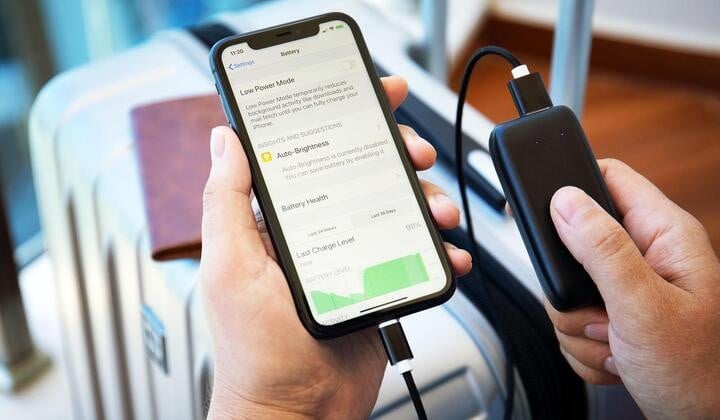
The environment in the luggage compartment is not suitable for storing batteries.
Compartment checked baggage The aircraft's cargo hold is where hundreds of passengers' belongings and suitcases are stored. Unlike the passenger cabin, this compartment is often unattended and not fully equipped with on-site fire detection and handling systems.
If a power bank in checked baggage explodes or catches fire, the consequences could be dire if not detected by flight attendants. Worse, if the fire spreads and affects important technical components, it could threaten the safety of the entire flight.
For that reason, the International Civil Aviation Organization (ICAO) and aviation management agencies in many countries, including the Civil Aviation Authority of Vietnam, have issued regulations that absolutely prohibit the storage of power banks in checked baggage.
You can bring a power bank on the plane but it must be in your carry-on luggage.
International civil aviation regulations, issued by the International Civil Aviation Organization (ICAO) and the International Air Transport Association (IATA), require that all lithium batteries and battery-containing devices must be carried in carry-on baggage, not in checked baggage.
The reason is that if the battery shows signs of overheating, leaking or exploding in the passenger cabin, the crew can detect it early and deal with it immediately with specialized fire-fighting equipment. On today’s aircraft, flight attendants are specially trained to deal with lithium battery incidents – for example, using halon fire extinguishers and water to cool the battery, or isolating the faulty device in a safe metal box.
Meanwhile, the luggage compartment is unattended and not designed to extinguish fires caused by batteries, which have a different combustion mechanism than conventional materials. Therefore, storing power banks in checked baggage is strictly prohibited on most international airlines.
Specific regulations on power banks when traveling by plane
Depending on the airline and country, regulations may vary slightly, but most international airlines and airports follow the general standards:
- Spare batteries must be kept in carry-on luggage, never in checked baggage.
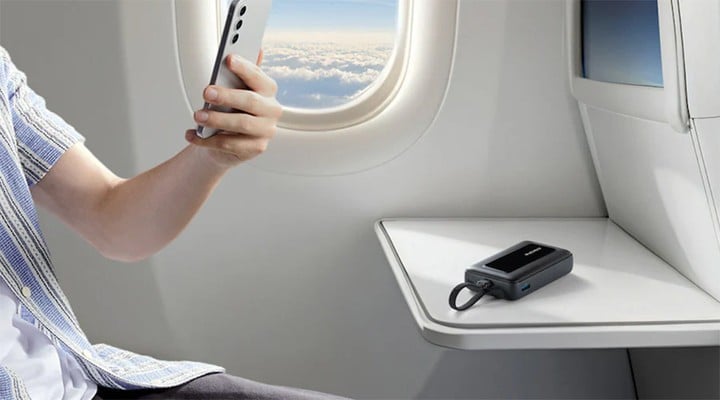
- The maximum capacity commonly accepted is 100Wh (watt-hour), which is approximately 27,000mAh at 3.7V.
- If the power bank has a capacity of 100Wh to 160Wh, passengers need to ask the airline for permission before bringing it on the plane.
- Do not bring a spare charger that is damaged, swollen, of unknown origin, or has shown signs of technical error.
- Passengers are not allowed to use power banks to charge their devices during take-off and landing and should turn off the device when not in use.
Notes when bringing backup chargers on planes
To ensure compliance and avoid trouble when passing through security, you should keep the following points in mind:
- Do not deposit the power bank under any circumstances, even when it is turned off.
- Carry in hand luggage, best kept separate for easy retrieval during inspection.
- Check the capacity printed on the battery (usually in Wh or mAh). If it is not clearly stated, security personnel may ask you to show product information.
- Avoid bringing damaged, swollen, cracked, or unknown chargers – this is the reason why many cheap chargers are confiscated.
- Do not use a power bank during takeoff or landing, as electronic devices must be temporarily disconnected.
The ban on checking in power banks is not to make things difficult for passengers, but rather a measure to prevent aviation safety risks at the highest level. With thousands of flights every day, just a small electrical short in the cargo hold can cause a disaster.
Therefore, passengers complying with regulations – carrying spare batteries, checking capacity, choosing quality products – is part of the culture of flight safety.
After all, this caution not only protects you, but also protects all passengers on the same flight. And that is why, even though it is sometimes “inconvenient”, we should still strictly follow the regulation “power banks are not allowed in checked baggage”.
Source: https://baolangson.vn/vi-sao-di-may-bay-khong-duoc-de-sac-du-phong-trong-hanh-ly-ky-gui-5062736.html






![[Photo] General Secretary To Lam meets with General Secretary and President of Laos Thongloun Sisoulith](https://vphoto.vietnam.vn/thumb/1200x675/vietnam/resource/IMAGE/2025/10/25/1761380913135_a1-bnd-4751-1374-7632-jpg.webp)









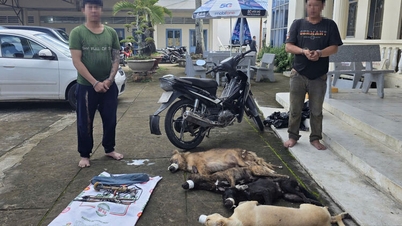





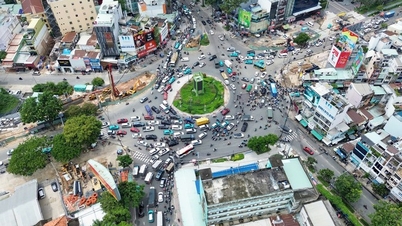
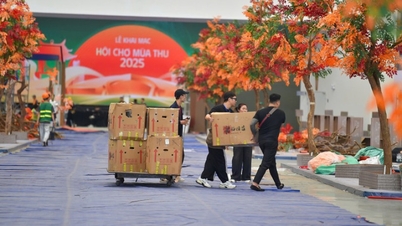



![[Photo] President Luong Cuong and United Nations Secretary-General Antonio Guterres chaired the signing ceremony of the Hanoi Convention.](https://vphoto.vietnam.vn/thumb/1200x675/vietnam/resource/IMAGE/2025/10/25/1761370409249_ndo_br_1-1794-jpg.webp)
![[Photo] President Luong Cuong receives heads of delegations attending the signing ceremony of the Hanoi Convention](https://vphoto.vietnam.vn/thumb/1200x675/vietnam/resource/IMAGE/2025/10/25/1761377309951_ndo_br_1-7006-jpg.webp)






































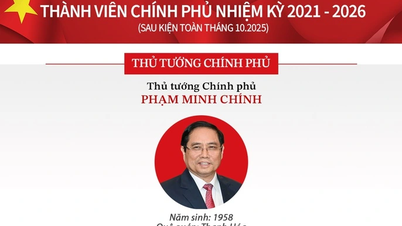

![[Photo] General Secretary To Lam receives United Nations Secretary-General Antonio Guterres](https://vphoto.vietnam.vn/thumb/402x226/vietnam/resource/IMAGE/2025/10/25/1761379090768_image.jpeg)










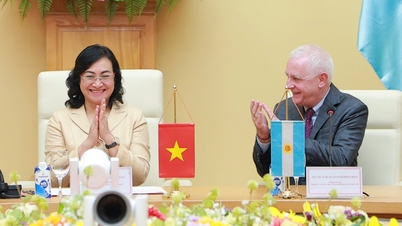




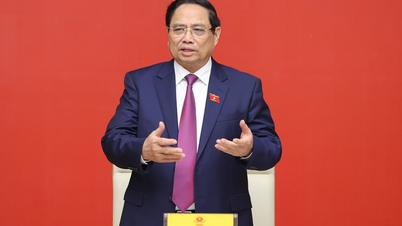



















Comment (0)